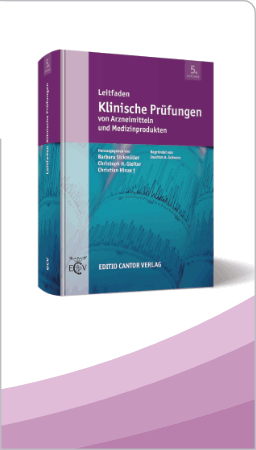Smartphone Digital Image Colorimetry for Pharmacopeia Limit Tests Detection
A Comparative Study of Different Smartphone Cameras and Evaluation Apps
Originale
Key WordsPharmacopoeia limit tests | colorimetric limit tests | smartphone digital image colorimetry | clear color solution | turbid color solution
Abstract
This paper investigates the use of digital image colorimetry (DIC) as an inexpensive and effective method for colorimetric analysis. Smartphones offer several advantages over traditional instruments for colorimetry, such as portability, ease of use, low purchase price and can be used for different applications. DIC involves capturing digital images and converting them into color data using suitable apps.
In this study, data was taken using six different smartphones in combination with three different apps for Android and iOS, respectively, to determine the performance of the systems. Different color concentrations and reaction products from colorimetric limit tests of the European Pharmacopoeia were monitored.
The results showed that smartphones can be used as reliable instruments for colorimetric analysis of clear color solutions, with correlation coefficients comparable to photometric determinations. Even colored test solutions that contain colloidal precipitates and are thus not photometrically detectable can be quantified relatively accurately using DIC. This comparative study demonstrates the wide range of applications and the potential of DIC for a wide variety of colorimetric quantifications.
Correspondence:
Dr. Myriam Braun-Münker, University of Applied Science Fulda, Department of Food Technology, Leipziger Str. 123, 36037 Fulda, myriam.braun-muenker@lt.hs-fulda.de
Abstract
This paper investigates the use of digital image colorimetry (DIC) as an inexpensive and effective method for colorimetric analysis. Smartphones offer several advantages over traditional instruments for colorimetry, such as portability, ease of use, low purchase price and can be used for different applications. DIC involves capturing digital images and converting





